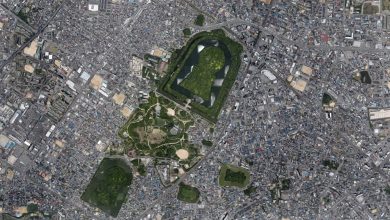Why Samurai disappear: 12 fascinating facts about fearless warriors
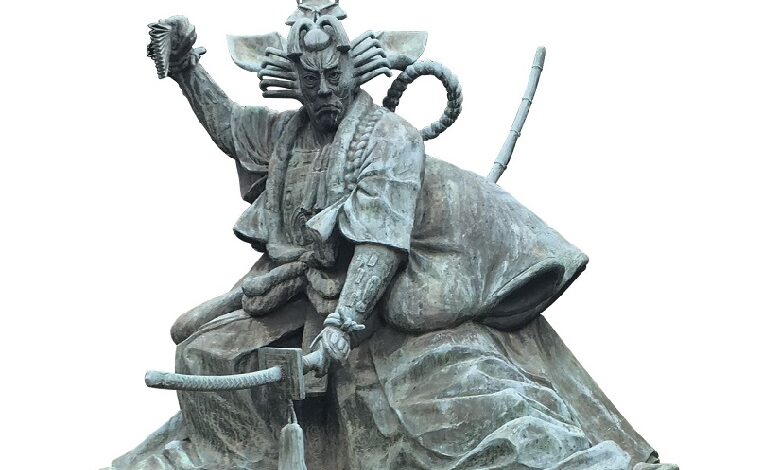
The samurai were some of the most impressive warriors the world has ever known. Fiercely devoted to their lords, they would rather kill themselves than face dishonor.
Samurai were highly trained, battle-hardened career soldiers ready to fight to the death instantly, or at least it was during the Sengoku period. By the end of the Edo period, many of them had become less aggressive and more bureaucratic. The decline and fall of the samurai were slow and resulted from many small movements that transformed feudal Japan into a more modern country.
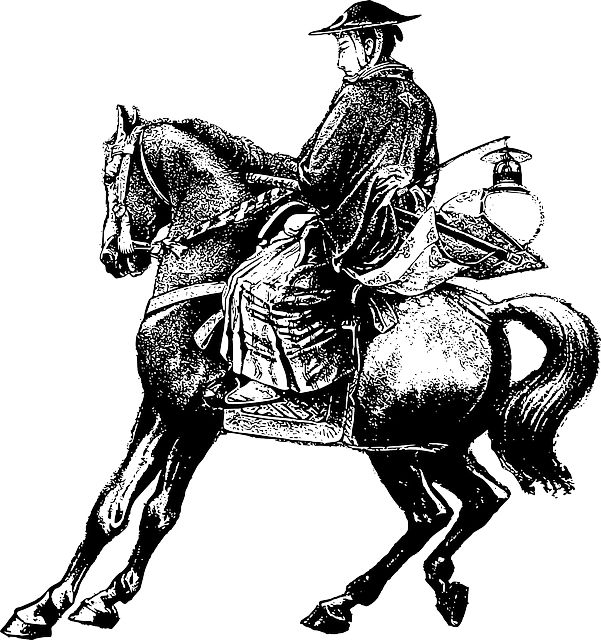
Gradual modernization and significant events such as the Satsuma uprising and the creation of Meiji Japan ultimately marked the last days of warrior culture and the end of the samurai lifestyle.
Discontent
During the 19th century, many middle and lower-class samurai became increasingly unhappy with the structure of Japanese society. At the time, the samurai were the ruling class in Japan. The defining characteristic of this class was that they were career soldiers, although they performed a variety of everyday tasks, from bureaucratic to solving farm problems.
Run by the Tokugawa clan, they ruled from Edo (present-day Tokyo) as the Tokugawa Shogunate. The Shogun, who ruled from 1603, was the head of the Tokugawa family and served as the supreme military ruler. Decrees pass from the Shogun to the local daimyo (clan chiefs) who ruled their territories like governors. The salary received by individual samurai determine by military rank.
Status determines by rank and heredity, and there was a massive difference in wealth and status between upper and lower-class samurai. The middle-class samurai were increasingly immobile. Although lower-class samurai had some mobility, they could not pass it down from generation to generation.
The split of Japan
When Commodore Matthew Perry entered Edo Bay in 1853, it marked the beginning of a series of events that changed Japan forever. Perry, accompanied by a heavily armed fleet, was sent by President Millard Fillmore to open trade between Japan and the United States.
In Japan, a rift was growing between those who wanted to maintain isolationism and those who wanted to welcome foreigners. At that time, the Tokugawa shogunate was in power. The Emperor still existed, but primarily only as a figurehead.
Shogun Tokugawa Iemochi eventually decided to open the ports, but Emperor Komei opposes the treaty. The shogunate defied the Emperor’s wishes and opened the docks anyway. Then, in 1863, Emperor Komei broke with the tradition of obeying the Shogun by issuing an order to “expel the barbarians.”
The Choshu clan revolt
Ignoring the Emperor’s desire for isolationism alone was not enough to end the Tokugawa shogunate, but it angered many samurai, especially in the Choshu clan. The clan was situated in the southwestern part of Honshu, relatively far from the Shogun’s power in Edo. In the Choshu clan, control passed to the samurai, who were unhappy with the shogunate and sought to end him. They were opposed to foreigners and therefore favored the Emperor.
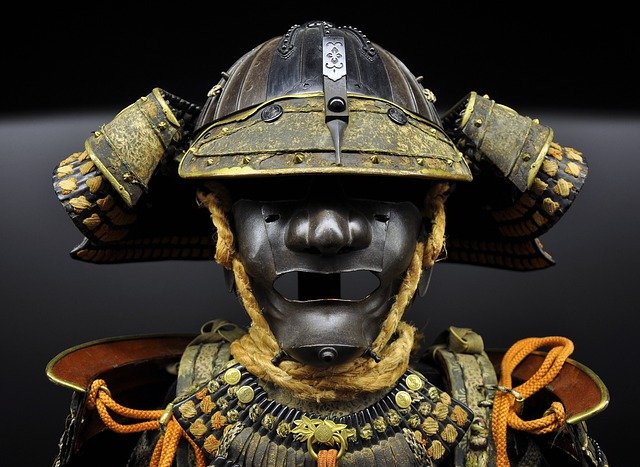
Military units in the Choshu clan form to drive out foreign invaders. Soldiers recruit from the samurai class’s outskirts, which weakened the traditional samurai hierarchy within the clan.
The clan’s discontent reached its climax in 1864. In addition to fighting foreigners to “drive out the barbarians,” Choshu rebelled at the Hamaguri gates.
Samurai from the clan tried to capture Kyoto (the Emperor’s residence) and restore the Emperor’s political power but repel by the shogunate’s forces. In retaliation for the attack, the shogunate attempted to take revenge on the Choshu clan.
Satsuma clan
The Satsuma clan ultimately allied with Choshu against the shogunate. There was widespread support for the Emperor, but unlike Choshu, the Satsuma clan had less radical elements.
Consequently, the loyalist movement in the Satsuma clan turned into an attempt to restore the Emperor’s power by political means. By 1866, loyalist elements gained control of the Satsuma clan, and they joined Choshu in an alliance against the shogunate.
In the same year, the two clans united to defeat the second ride of the shoguns to take revenge on Choshu. These led to a significant loss of power for the shogunate. However, shortly after Emperor Komei and Shogun Tokugawa Iemochi, they were replaced by Emperor Meiji and Shogun Tokugawa Yoshinobu.
The end of the Shogunate
In 1867, the Tokugawa shogun Yoshinobu officially resigned, effectively surrendering the power of the Emperor. This movent was part of an effort to keep the Tokugawa clan essential in the new government.
A coup d’état took place in Kyoto on January 3, 1868, and the Emperor was restored to supreme power in Japan by the events of the Meiji Restoration. During this transitional period, the Meiji government continued to cooperate with the Tokugawa government. This disturbed hardliners in Choshu and Satsuma, who convinced the Meiji congregation to revoke the title of Shogun and confiscate Yoshinobu’s lands.
A new era
The Oath in Five Article was the statutory document of the 1868 Meiji Restoration. This short document marked a sharp turn in imperial politics, above all, indicating an openness to the international community. These are important, given that one of the starting points of the division between the Emperor and the Shogun was the Emperor’s resistance to foreign influence.
The document also emphasized that ordinary people should be allowed to pursue their vocation to have no discontent. In other words, the walls between social classes began to crumble slowly.
Boshin war
The Boshin war fought between two samurai factions. The former Tokugawa shogun Yoshinobu was outraged that he and his clan expel from the new Meiji government and, in fact, decided to abandon his abdication. These led to a confrontation between the Meiji Imperial forces, including Satsuma and Choshu, and forces loyal to the shogunate.
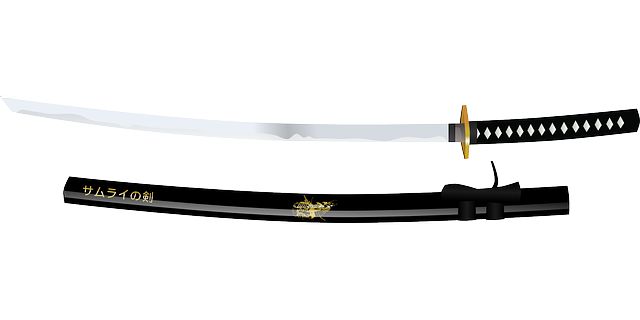
Yoshinobu moved south to Osaka. Then, on January 27, the Shogun’s troops marched towards the Satsuma-Choshu imperial alliance at the southern entrance to Kyoto. French military advisers partially trained the shogunate’s forces and outnumbered the Imperial forces by three times. Nevertheless, the Imperial troops were well equipped with modern weaponry, including Armstrong’s howitzers, Minier rifles, and several Gatling guns.
After a day of fruitless fighting, the Satsuma-Choshu forces were presented with the imperial flag, officially recognized by the Emperor by the imperial army. These caused other prominent clans to defect. The demoralized Yoshinobu fled from Osaka to Edo, and the shogunate’s forces withdrew.
When the Imperial forces gained the upper hand, they were able to capture Edo. At this point, Yoshinobu place under house arrest. The Northern Alliance continued to fight in the name of the shogunate but ultimately defeated in the final battle of Hakodate in Hokkaido.
Depriving the samurai of power
The termination of the shogunate also marked the stop of feudalism in Japan and a massive government restructuring. During the Meiji Restoration, the Emperor adopted several Western concepts, such as constitutional government. Towards the end of the Boshin War, efforts being made to eliminate the caste system that had existed since the 12th century and replace it with a centralized imperial government.
By the end of the Boshin war, the Imperial Council consisted mainly of samurai from the Satsuma and Choshu clans, with some prominent lines. By 1869, the daimyo removes from power, and by 1871 the former possessions turn into prefectures.
The abolition of the holdings was no small matter, and the plan required the support of many prominent samurai. However, the move caused some friction between the new imperial government and some samurai. Tensions grew as the Emperor declared all classes equal (an idea borrowed from newly arrived Westerners), and the samurai class systematically deprive of privileges and status.
Another threat
The Meiji government effectively terminate the samurai monopoly on military service. Up to this point, the samurai armies were directly loyal to the local daimyo. With the abolition of the daimyo and their territories, it was necessary to form a national imperial army. It happened in 1872 when the Meiji government introduced universal military service. Every man, samurai or not, had to serve three years of military service. These undermined the very purpose of the samurai class. Many samurai who helped topple the shogunate and restore the Emperor are now under threat.
Withdrawal of swords
There were several edicts directed against the samurai class, but Haitorei’s decree was particularly painful. After its adoption in 1876, samurai forbid to have swords.
The sword was the defining symbol of the samurai. In 1588, Shogun Toyotomi Hideyoshi adopted the katana-gari, which forbade anyone except active samurai to carry swords. At that time, swords were among the Kokujins (devastated samurai), ronins (samurai who lost their master), and the poor. The loss of weapons angered many, and some of them used their now illegal swords to raise an armed uprising.
The last battle
The Satsuma clan was instrumental in overthrowing the shogunate and restoring imperial power. Still, the rapid disintegration of their way of life seemed to change their minds about the new government. In 1877, the samurai were ready for battle.
On the island of Kyushu, a little group of rebel samurai led by Saigo Takamori laid siege to Kumamoto Castle. They force to retreat when the imperial army arrived, and after several minor defeats, they surround Mount Tonodake. They managed to escape back to their fortress in Kagoshima, but their forces reduce from three thousand to four hundred. Now, these samurai face an imperial army of more than thirty thousand.
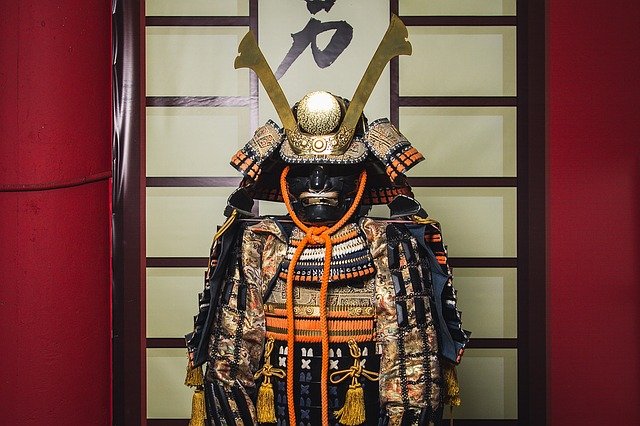
Having occupied Shiroyama Hill outside Kagoshima, the samurai prepared for their final battle. They surround by an imperial army led by General Yamagata Aritomo, who ordered his troops to dig trenches to prevent the rebels from fleeing again.
At three o’clock in the morning on September 23, Imperial forces attacked with artillery supported by warships from the nearby harbor. The rebellious samurai armed with traditional weapons such as swords and spears engaged the Imperial armed forces. By six in the morning, only forty insurgents remained. Saigo was seriously injured. A friend helped him to get to a quiet place where he performed seppuku. The remaining samurai then launched a final suicide attack and were destroyed by the Gatling guns.
The last samurai
Saigo Takamori’s story illustrates the complex nature of the events that led to the samurai’s death. He began his career as an ambassador for the Satsuma clan, where he spent several years in Edo working with the Shogun. After removing those that eliminated opposed to the Shogun’s policies, including Saigo, he fled Edo. He exile to the island of Amami Oshima, where he spent three years, married, and became the father of two children. Unfortunately, his wife was a commoner, so his family had to stay behind when Saigo recalls serving the Satsuma clan.
Saigo led the first expedition of the shogunate forces against Choshu. Later, when Satsuma allied with Choshu, he played a role in the restoration of the Emperor, whom he firmly supported. Unfortunately, his decision to stop the rebellion against the Shogun, which he considered imprudent, was misinterpreted, and he accuses him of betrayal. He was later forgiven and participated in the Meiji restoration, becoming an advisor to the Emperor.
After the new government began passing laws against the samurai, Saigo felt that the new government was betraying the principles on which it found. Westernization and increased openness to foreigners contrasted sharply with the “honor the emperor, drive out the barbarians” movement that started the revolution.
While he collaborated to abolish holdings and impose conscription, Saigo drew a line in the Haitorei Ordinance. He led the Satsuma rebellion and died demonstratively, becoming known as the last true samurai.

